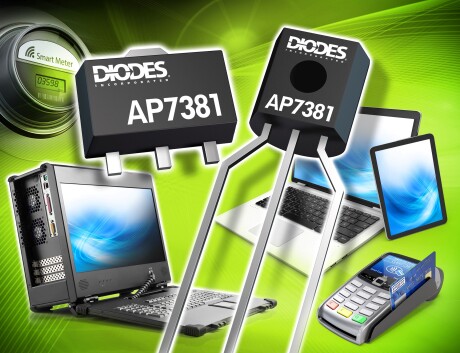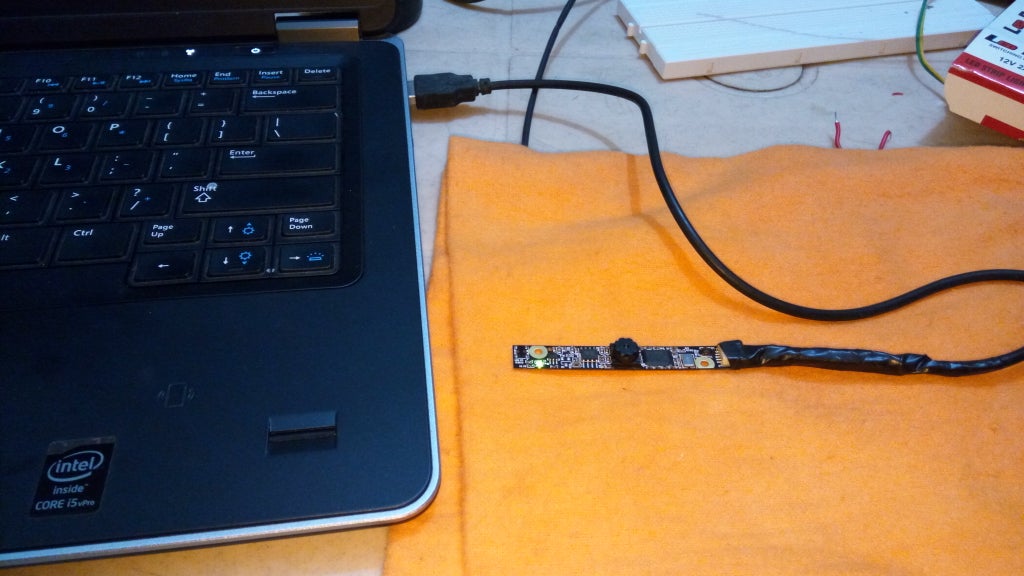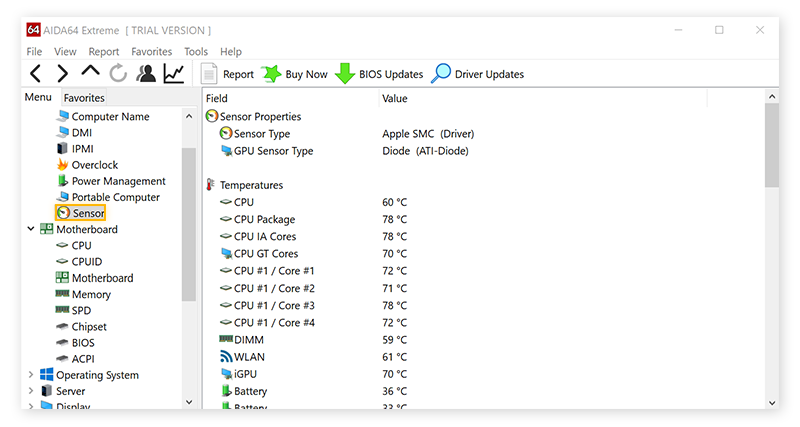

Laptops Desktops Monitors Projectors Wearables Accessories Virtual & Mixed Reality Smart Devices Creators; ConceptD Gaming. Search for BIOS updates, manuals, drivers and other downloads for your Acer product. Find answers to commonly asked product questions.
Engineers sometimes have the tendency to over complicate a problem instead of focusing on simple logical solutions. For example, my friend’s motorcycle broke down and he spent hours checking on the battery, carburetor and the electrical system. It turns out that this was all done in vain. We were pretty amused to find out that this mayhem was caused by a faulty fuel indicator that let his fuel tank run empty.
In electronics, what might seem like a large problem can sometimes have an easy solution. For example, when designing PCBs that have mechanical relays, you can avoid large voltage spikes and provide relay noise suppression by adding a flyback diode to your circuit. However, when you have placed a flyback diode on a relay for flyback protection and your controller still keeps resetting, you might need to consider other sources of electrical noise. Like my friend’s motorcycle issue, often times these sources are hiding in plain sight and can be solved with the same noise reducing techniques you’ve applied to your design. Here’s why and how you can use a flyback diode to reduce EMI in your relays, and what you should consider if your design is part of a larger system.
- There are many thousands of different types of diode, bipolar transistor and FET. These semiconductor devices have different characteristics according to the way they are designed and made. As a result it is essential that the different semiconductor devices are given different part numbers to distinguish them from each other.
- The input clipping diode to the positive bus is removed in favor of the zener diode after the current limiting resistor. This provides a known voltage for the input pin and reduces the amount of current shunted to the power bus. In addition, all of the connections on the input are now to ground, which can ease PCB routing.
What Is a Flyback Diode and Why You Need It
If you’ve been creating printed circuit boards that feature mechanical relays, then you probably have heard of flyback diode. A flyback diode or freewheeling diode is placed with reverse polarity from the power supply and in parallel to the relay’s inductance coil. The use of a diode in a relay circuit prevents huge voltage spikes from arising when the power supply is disconnected. A flyback diode is sometimes called flywheel diode, freewheeling diode, relay diode, or snubber diode as a flyback diode circuit is a type of snubber circuit.
Why Put a Diode Across a Relay Coil?
When the power supply is connected to the relay, the inductance coil’s voltage builds up to match that of the power source. The speed at which current can change in an inductor is limited by its time constant. In this case, the time it takes to minimize current flow through the coil is longer than the time it takes for the power supply to be removed. Upon disconnection, the inductive load in the coil reverses its polarity in an attempt to keep current flowing according to its dissipation curve (i.e., % of maximum current flow with respect to time). This causes a huge voltage potential to build up on the open junctions of the component that controls the relay.
This voltage built up is called flyback voltage. It can result in an electrical arc and damage the components controlling the relay. It can also introduce electrical noise that can couple into adjacent signals or power connections and cause microcontrollers to crash or reset. If you have an electronics control panel that resets each time a relay is de-energized, it’s highly possible you have an issue with flyback voltage.
To mitigate this issue, a diode is connected with reverse polarity to the power supply. Placing a diode across a relay coil passes the back electro magnetic field and its current through the diode when the relay is energized as the back EMF drives the flyback protection diode in forward bias. When the power supply is removed, the voltage polarity on the coil is inverted, and a current loop forms between the relay coil and protection diode; the diode again becomes forward biased. The freewheeling diode allows current to pass with minimal resistance and prevents flyback voltage from building up, hence the name flyback diode.
Tiny flyback diodes prevent huge flyback voltage from damaging your components.
Flyback Diode Wiring for Relay Noise Suppression
The placement of a flyback protection diode is rather simple; it should be placed directly across the relay's coil. A schematic for a freewheeling diode circuit in a relay is shown below. In this schematic, the resistor R in parallel with the flyback diode wiring represents the coil's intrinsic DC resistance.
Flyback diode wiring in a relay circuit.
Note that the placement of the diode does not prevent a voltage spike from travelling to some downstream load. Instead, it provides a path with low resistance that reroutes the current, thus the voltage spike at the downstream load will be much lower. Using a simple 1N4007 diode is sufficient to suppress large voltage spikes in a 24VDC relay with a diode protection circuit.
The current path in the diode depends on whether the switch in the relay is closed or opened. As the switch is initially closed, the inductor load generates a back electro magnetic field as its transient response, and the voltage slowly rises to the supply voltage value. Once the switch is opened, the back electro magnetic field created by the inductor switches direction and points towards ground, creating a transient response that slowly dies off. Thanks to the low resistance loop created by the freewheeling diode in forward bias, current is diverted through the diode rather than creating a large voltage spike elsewhere in the circuit.
Current flow through the flyback diode wiring in a relay circuit.
How Electrical Noise Can Interfere with Your Electronics Despite OnBoard Flyback Diodes
You might have thought that placing flyback diodes in a relay circuit will solve all your electrical noise issues. That’s what I used to believe until I faced a mind boggling issue when a humidity controller that I designed was constantly resetting. This was despite the fact that I used every relay with a diode protection circuit.
The humidity controller was connected to external mechanical relays that controlled industrial heating elements. This routine project turned into a witch hunt for the problem causing the controller to reset. When you have tens of similar setups showing the same symptoms, it’s easy to assume that you’ve messed up the product design.
After hours of trying out various power supplies, cables, grounding methods and electromagnetic interference (EMI) foil, it finally dawned upon me that perhaps it was the external mechanical relays that were causing the problem. True to my suspicion, none of the external relays installed by the third party had a flyback diode circuit connected in parallel to their inductance coils. The resulting flyback voltages caused electrical interference over the connecting cable and into the humidity controller, thus causing the system reset.
While you have little control over electrical installations performed by the third party, there is no excuse in not adhering to best practices with flyback diodes in your PCB. For a start, you’ll want to make sure the corresponding forward current of the freewheeling diode is larger than that of the coil when brought into forward bias by the coil's electro magnetic field. Also, choose a flyback diode that has a reverse voltage that’s higher than the coil’s voltage rating.
The absence of a flyback diode can be your electrical nightmare.
In my practice, I place the flyback diodes as close as possible to the relay. A typical 1N4007 diode serves me well in most applications and it saves me from the problem of having to manually create footprints. More so, having good bill of material software, like Altium Designer’s management tool, makes managing their lifecycle and availability a breeze. This is particularly useful when I repurpose older designs.
Have a question about flyback diodes? Contact an expert at Altium Designer.
Check out Altium Designer in action...
Powerful PCB Design
A protection diode (also called a safety diode) is a diode that is used in a circuit to protect the circuit from reverse voltage and current. Reverse voltage and current is power that flows in the opposite direction of the usual or conventional way; instead of current travelling from the positive side of the voltagesource to ground and then to the negative side of the voltage source, it travels from the negative side of the voltage source, through ground, and to the positive side of the voltage source, so, in essence,reverse. A protection diode is used to block this reverse current flow; this helps to protect components in circuitry that can be damaged from reverse current.
A diode is a device that allows current to flow in through one direction but not the other. Therefore, it can be used in a circuit to only allow current to flow only in the forward direction but blocks current in the reverse direction. This can be particularly useful when components in the circuitry can be severely damaged by current flowing through them in the reverse (wrong) direction. One such device which is sensitive to reverse power is an LED, which usually has a maximum reverse voltage of about 5 volts. If more than 5 volts drops across it in the reverse direction, the LED will allow current to pass through in the reverse direction, and, thus, the LED can be permanently damaged.However, with a power diode (any diode with a 1N400X marking) acting as a protection diode, no current can pass through, since the diode essentially acts as an open circuit when in the reverse direction.
Below is a visual demonstrating this property of a protection diode:
This diagram again shows how a diode allows current to flow in the forward direction but blocks current from flowing in the reverse direction. This serves to protect devices in a circuit that could be damaged from a reverse current flow.
Even though the above circuit provides protection via a diode, there is a better way to use a protection diode in a circuit.

The circuit below shows the improved design of using a protection diode in a circuit.
To protect a component in a circuit, a diode is normally placed reverse biased in parallel with the component.
When a diode is placed in parallel with the component you want protected reverse biasd, if current flows through the circuit in reverse, the current flows through the diode, bypassing the motor. With large amounts of current, some current may still pass through the motor, but it will be split between the diode and the motor. Therefore, all of the current will not flow through the motor, as would be the case if there was no diode present.
This setup with the diode in reverse biased works better than the setup before, because in the first setup, the diodeconsumes power. If it's a silicon diode, it typically consumes about 0.7V of power. Therefore, it isn't power efficient. With this setup, the diode only consumes current when there is reverse current.
Diode Laptops & Desktops Driver Downloads
Also another reason to build it this way is the limitations of a diode in reverse biased. In the first circuit, with reverse current, the diode is reverse biased. Current will not flow up to the point of the diode's peak reverse voltage. The peak reverse voltage is the maximum voltage that a diode can withstand to its cathode terminal. Any voltage beyond this will causethe diode to break down and conduct current across. For example, with a 1N4001 diode, the peak reverse voltage it can withstand is 50V. Therefore, if the voltage exceeds 50V to the cathode terminal, it will break down and current will conduct. This is the limitation of the first protection diode circuit design. However, with the second design, there is no limitation, because the diode is forward biased with reverse current. Therefore, it will never reach a breakpoint with this setup.

Therefore, this setup, with the diode in parallel reverse biased with the component to protect, is superior in designand an improved version of a protection diode circuit.
To find out in more detail how to connect a protection diode in a circuit, check outHow to Connect a Protection Diode in a Circuit.
Related Resources
Types of Diodes
How to Test a Diode
Diode Laptops & Desktops Driver Download
